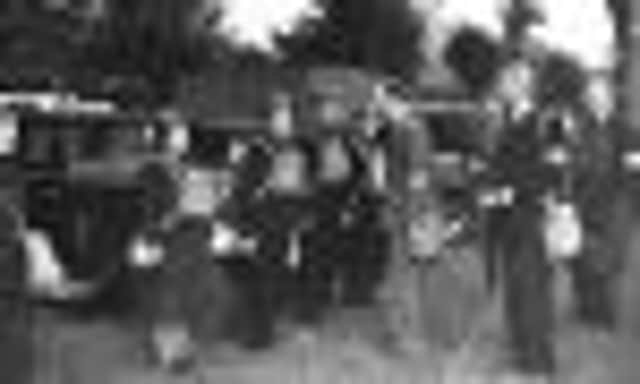yesteryear: the worries of war


The men and women of Dunstable’s First Aid Party were being inspected in October 1941, in a field alongside Britain Street School.
Dunstable had not been bombed, but Luton had suffered, and although there seemed to be a lull in the war-time blitz, everyone was still on the alert.
Advertisement
Hide AdAdvertisement
Hide AdThe unit slept near their vehicles – causing one small alarm when one man, whose snores were very loud, caused a first-aider to believe that a tramp had bedded down in one of the ambulances.
But the Dunstable FAP did see action. A message, hand-written in pencil and reproduced here, was delivered to them on April 30, 1942, ordering them to Cringleford Bridge at Norwich. They thought it was just another exercise, but it was the real thing – German bombers had turned the city into an inferno. The Dunstable volunteers worked there for many days.
The photo and message were kept by Arthur Kibble, who is the man with the broad grin, fourth from the left in the main line-up.
Arthur was publican at the Royal Oak in Church Street from 1924 until it closed in 1961. He was also the town’s volunteer ambulance driver in the days before the National Health Service. Police and doctors used to telephone the pub when he was needed.
Advertisement
Hide AdAdvertisement
Hide AdIf he was out on another call his wife would hang a Union flag out of the window.
That warned him not to waste time by taking the ambulance back to its garage at Scott’s in High Street South.
The photo and the message now belong to his daughter, Renee Adams, of Croft Green, Dunstable.
> Yesteryear is compiled by John Buckledee, chairman of Dunstable and District Local History Society.